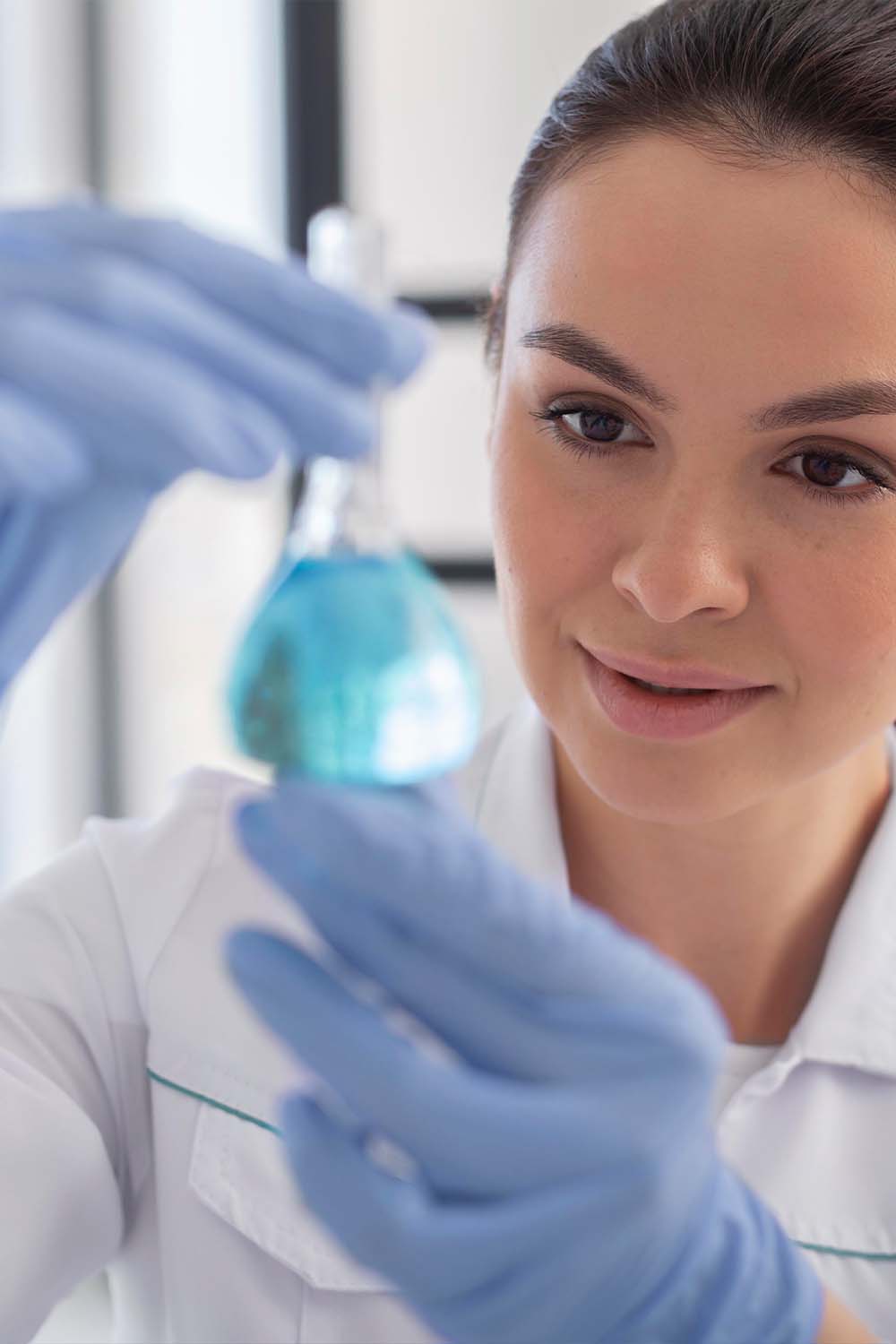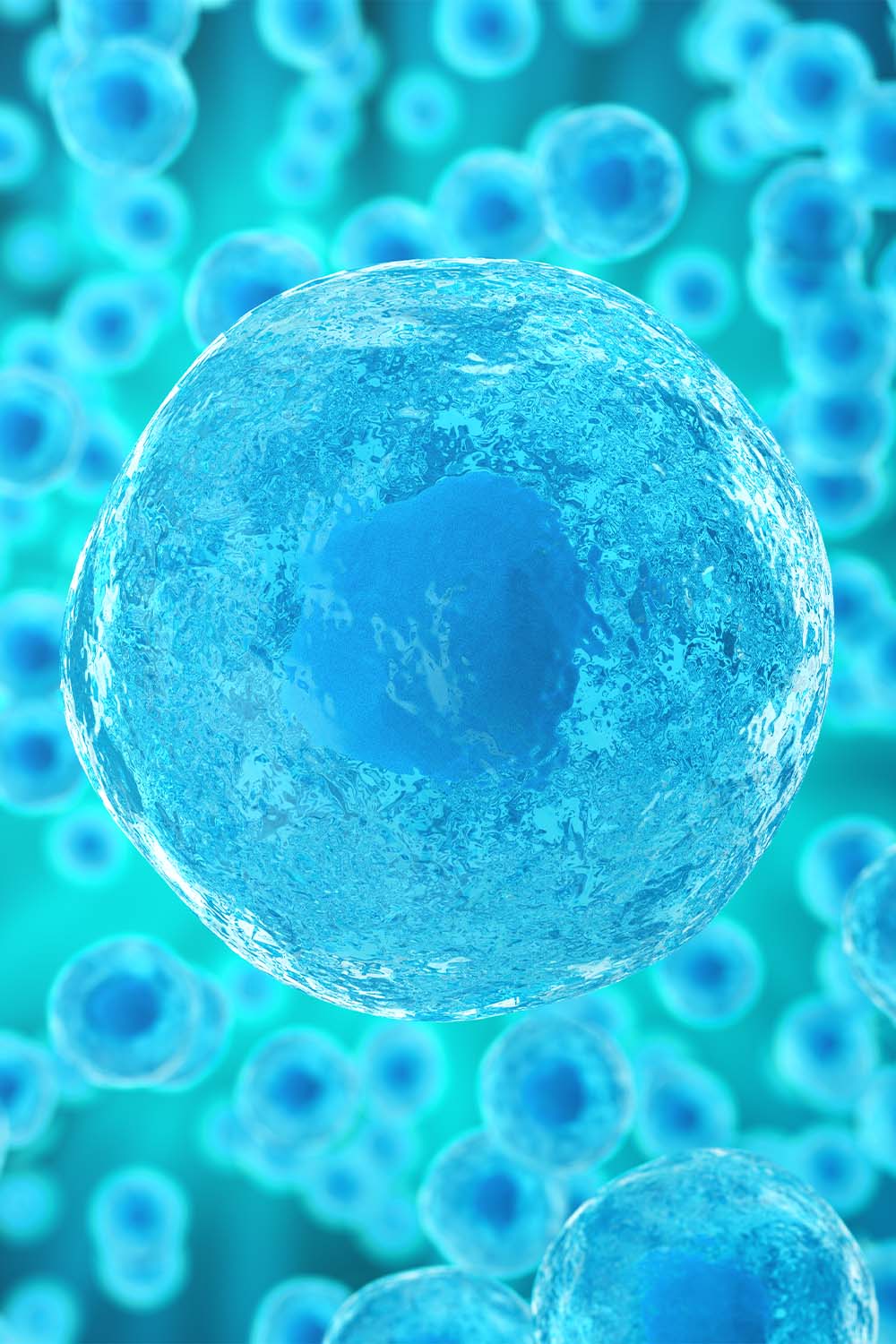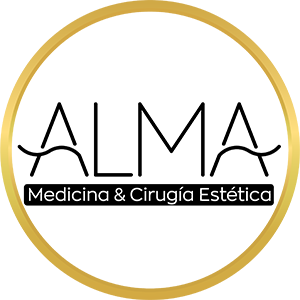Regenerative Cellular Treatment
From the young model to the aging retiree, from the elite athlete to the weekend warrior, to the immune-compromised patient and the patient with comorbidities, healthcare professionals are constantly seeking ways to manage pain and speed up the healing process. The use of different regenerative medicine therapies has been shown to offer numerous significant advantages, including overall better results.
What is Regenerative Medicine?
Regenerative medicine is a field that combines tissue engineering and molecular biology to address the process of replacing, engineering, or regenerating human cells, tissues, or organs in order to restore or establish normal function. When our bodies are injured or affected by disease, they have a natural response to heal and defend themselves. Harnessing and enhancing the body’s own regenerative abilities is a medical practice that is at the forefront of current advancements. The properties of regenerative medicine can appear miraculous to those who benefit from it. However, this “miracle” is the result of scientific exploration that has started to unlock and utilize the body’s remarkable ability to heal and restore itself.

Where do Stem Cells Come From?
There are currently two different methods that people are using to receive regenerative treatments in the United States. The first one is called AUTOLOGOUS, which means it comes directly from the patient being treated. The second one is called ALLOGENEIC, which means the product is donated from a donor of the same species, in this case, another human.
Our current focus is on products derived from perinatal tissue. These products are obtained from healthy, carefully screened mothers at the time of scheduled cesarean section. The consent is obtained at approximately the eighth month of pregnancy, and the criteria for donation are established by the Food and Drug Administration, the Center for Disease Control, and the American Association of Tissue Banks. The criteria include a thorough medical and social screening, as well as a complete panel of serological testing to ensure the donor is free from transmissible diseases.
At the time of birth, a trained technician will be present to collect the amniotic fluid, placenta, and umbilical cord, which are then sent to the processing facility. There, they will be cultured, processed, and retested before being released for clinical use. Our products are obtained from this cesarean recovery and are intended for homologous use.
The FDA’s stance is that if you plan to utilize these types of tissues, they should undergo minimal manipulation. This means that during the tissue processing in the lab, no changes, additions, or subtractions are allowed. The tissue must be used in its original state, containing various components such as MSC’s, growth factors, cytokines, chemokines, and other substances beneficial for healing. However, the tissue also contains unnecessary cellular debris.
The key point here is that typically, there are only a few million MSC’s per CC. If you are reading this, you or someone you care about likely has a condition that requires hundreds of millions of MSC’s, not just several million. Since labs in the United States are unable to manipulate these tissues, they cannot produce a product specifically designed for IV treatments. Accordingly, the FDA advises against using these tissues for systemic treatments or for treating the central nervous system (CNS). As a result, receiving IV treatments with stem cells within the United States is not an option for these types of conditions.
Our Bodies are a Fountain of Stem Cells
When we are born, research conducted by Dr. Caplan on cells in bone marrow suggests that we have approximately one cell in every 10,000 cells. However, as we age, the proportion of MSCs (mesenchymal stem cells) to other cells decreases.
By the time we reach 50, we have one viable MSC for every 400,000 other cells. Considering that MSCs play a role in our body’s natural healing processes, it becomes evident that our potential to heal, fix, or repair ourselves decreases by a factor of 40 compared to when we were born.
By the age of 80, the ratio is approximately 1 MSC to every 2,000,000 cells. This indicates that our body’s ability to regenerate or repair itself diminishes by a factor of 200. It is worth noting that the declining number of MSCs as we age has implications for our overall regenerative capacity.

